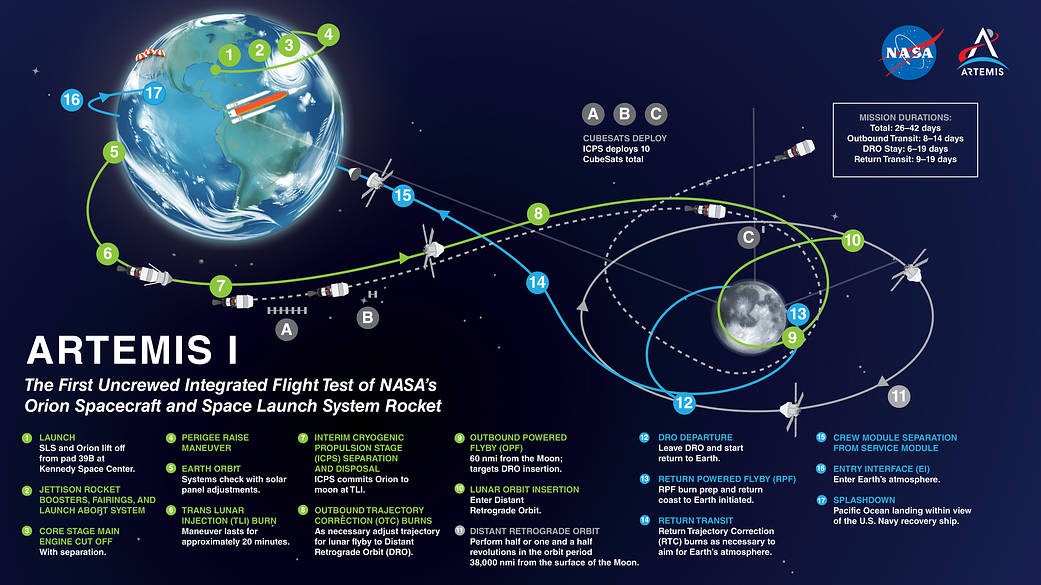The US space agency has spent a long time designing, developing, building, and testing the Space Launch System rocket. When NASA created the rocket program in 2010, US legislators said the SLS booster should be ready to launch in 2016.
Of course, that launch target and many others have come and gone, in part due to budget cuts during the Obama Administration/ But now, after more than a decade and more than $20 billion in funding, NASA and its litany of contractors are very close to declaring the 111-meter tall rocket ready for its debut launch.
On June 20, NASA successfully counted the rocket down to T-29 seconds during a pre-launch fueling test. Although they did not reach T-9 seconds, as was the original goal, the agency’s engineers collected enough data to satisfy the requisite information to proceed toward a launch.
Inside the Vehicle Assembly Building at NASA’s Kennedy Space Center in Florida, technicians continue to prepare the Space Launch System rocket and Orion spacecraft for Artemis I.
During work to repair the source of a hydrogen leak, engineers identified a loose fitting on the inside wall of the rocket’s engine section, where the quick disconnect for the liquid hydrogen umbilical attaches. The component, called a “collet,” is a fist-sized ring that guides the quick disconnect during assembly operations. Teams will repair the collet by entering the engine section in parallel with other planned work for launch preparations. Technicians have replaced the seals on the quick disconnect of the tail service mast umbilical and will reattach the umbilical plate once the loose collet is addressed.
AS THIS ARTICLE WENT TO PRESS THIS MORNING, NASA WAS PREPARING TO LAUNCH ARTEMIS.
Technicians continue work associated with battery activations, and plan to turn on the core stage batteries this weekend, before they are installed on the rocket. Next up, teams will start the flight termination systems operations, which include removing the core stage and booster safe and arm devices for calibration and removing and replacing the command receiver decoders with the flight units. The safe and arm devices are a manual mechanism that put the flight termination system in either a “safe” or “arm” configuration while the command receiver decoders receive and decode the command on the rocket if the system is activated.
Meanwhile on the Orion spacecraft, teams installed a technology demonstration that will test digital assistance and video collaboration in deep space. Engineers are also conducting powered testing on the crew module and European service module heaters and sensors.
Teams have identified placeholder dates for potential launch opportunities. They include:
- Aug. 29 at 8:33 a.m. EDT (Two-hour launch window); Landing Oct. 10
- Sept. 2 at 12:48 p.m. (Two-hour launch window); Landing Oct. 11
- Sept. 5 at 5:12 p.m. (90-minute launch window); Landing Oct. 17
Technicians now are testing the newly replaced seals on the quick disconnect of the tail service mast umbilical to ensure there are no additional leaks. The seals were replaced to address a hydrogen leak during the final wet dress rehearsal in June. Following testing, teams will complete closeouts to ready that section for flight.
Engineers are also finishing installation of the flight batteries. Teams installed the batteries for the solid rocket boosters and interim cryogenic propulsion stage this week and will install the core stage batteries next week.
On Orion, technicians installed Commander Moonikin Campos, who is one of three “passengers” flying aboard Orion to test the spacecraft’s systems. Commander Campos’s crew mates, Helga and Zohar, will be installed in the coming weeks.
